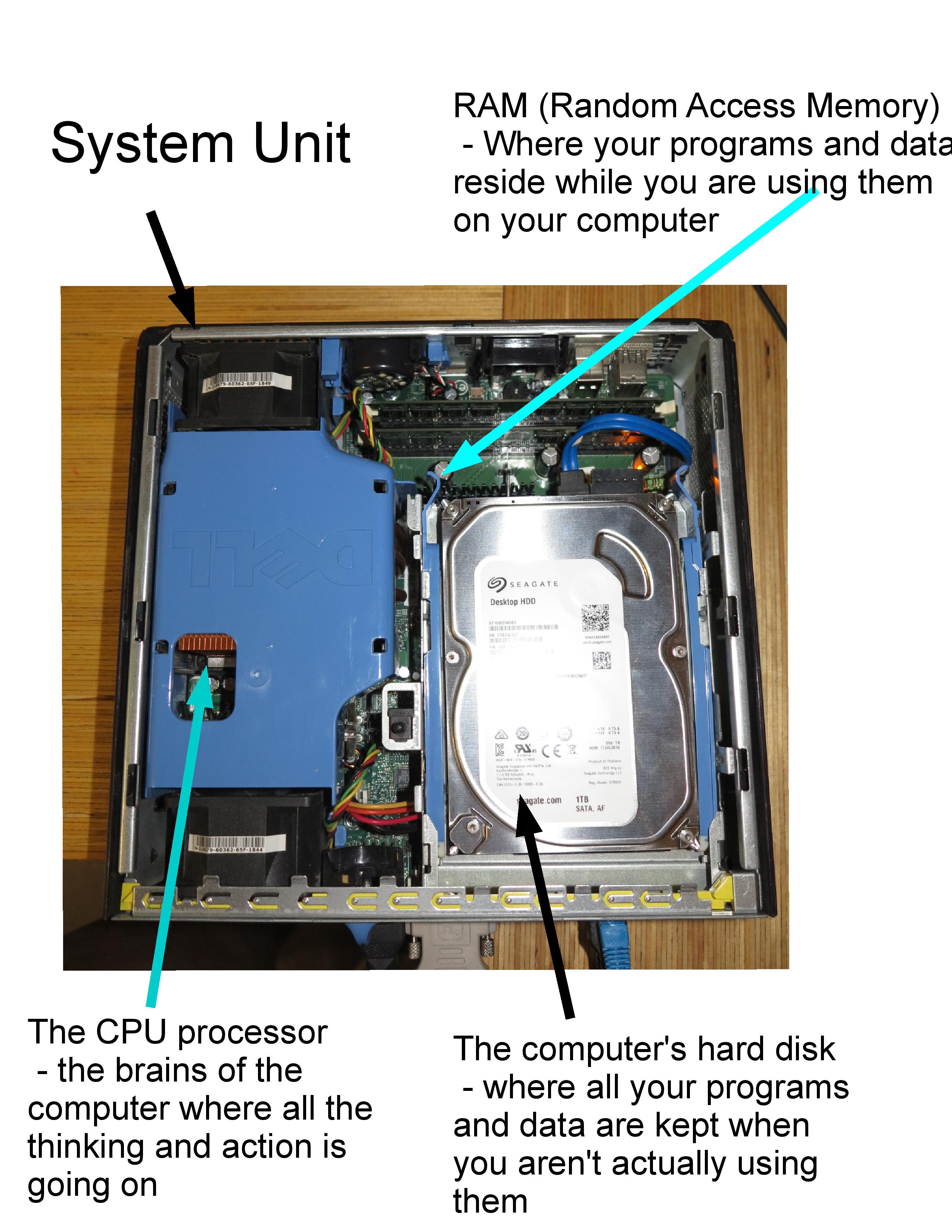BBC News – Intel to launch chipsets with built-in graphics
My comments
With Intel now showing interest in supplying a processor chip with an integrated graphics processor, this will raise the stakes when it comes to supplying single-chip CPU / GPU solutions.
Why supply a single-chip CPU/GPU solution
There is the obvious benefit in design size that it would yield. This would of course allow for more compact applications and, of course, the bill-of-materials costs would be reduced thus allowing for cheaper devices. Another key benefit would be that the single-chip solution would have reduced power needs, which is important for battery-operated devices like laptops, tablet computers and, especially, smartphones.
There is also the reality that most consumer electronics devices like electronic picture frames, digital cameras, TVs / video peripherals and hi-fi equipment are being designed like the general-purpose computers and most of them will also benefit from these CPU/GPU chips. This has become evident with most of these devices offering network and Internet connectivity in a way to augment their primary function or beyond that primary function. They will also yield the reduced “bill-of-materials” costs and the reduced power demands for this class of device which will become a market requirement.
Similarly, an increasing number of office equipment / computer peripherals, home appliances and “backbone” devices (HVAC / domestic-hot-water, building safety / security, etc) are becoming increasingly sophisticated and offering a huge plethora of functions. I had noticed this more so with the multifunction printers that I have reviewed on this site where most of them use a colour bitmap LCD display and a D-toggle control as part of their user interfaces.
Therefore manufacturers who design these devices can benefit from these single-chip CPU/graphics solutions in order to support these requirements through reduced supporting-power requirements or design costs. In the case of “backbone” devices which typically require the uses to operate them from remotely-located user-interface panels i.e. programmable thermostats or codepads, there isn’t the need to require too much power from the host device to support one or more of these panels even if the panel is to provide access to extended functions.
The market situation
The Intel Sandy Bridge which is just about to be launched at the time of publication, would provide improved graphics. This is in a market which AMD has just entered with their Zacate CPU / graphics chip and been dominated by ARM who have been involved in the smartphone scene. This firm’s design was infact used as part of the Apple A4 chip used in the iPhone 4 and iPad.
With three companies in the market, this could yield a highly-competitive environment with a run for high-quality quickly-drawn graphics, quick CPU response, power conservation / long battery runtime and small circuit size / reduced bill-of-materials. This may also yield a “run for the best” which also yields desirable functionality being available at prices that most people can afford.
The only limitation with this concept is that the single-chip design may make the market for discrete graphics chipsets and cards only for people who value extreme-performance graphics.
Conclusion
The reduced size of these new single-chip CPU/GPU setups could replicate the success of what has happened with the arrival of the 80486 processor with its integrated floating-point coprocessor. It could then make for a longer battery runtime for portable applications and lead to smaller cooler-running computers for most applications.

